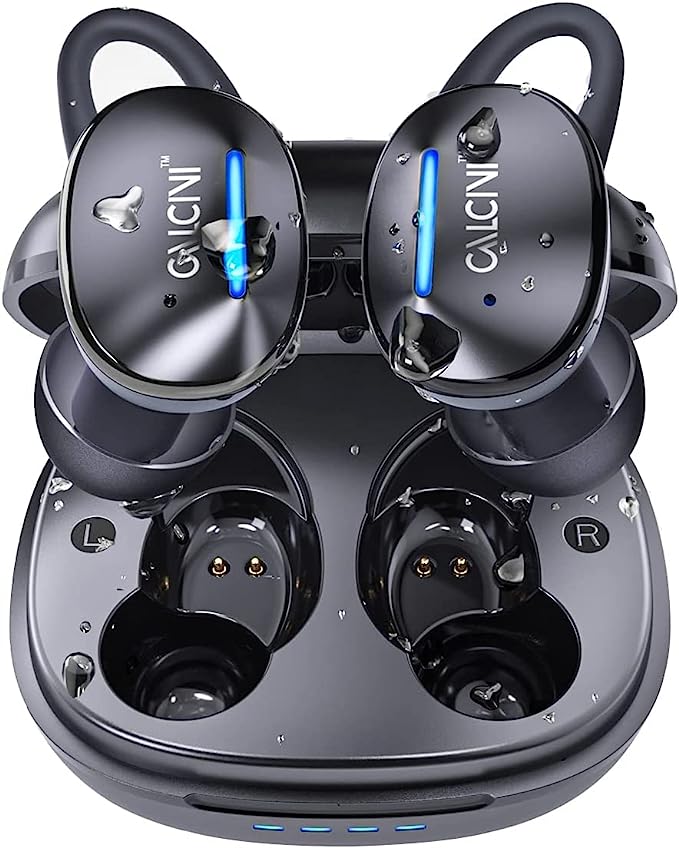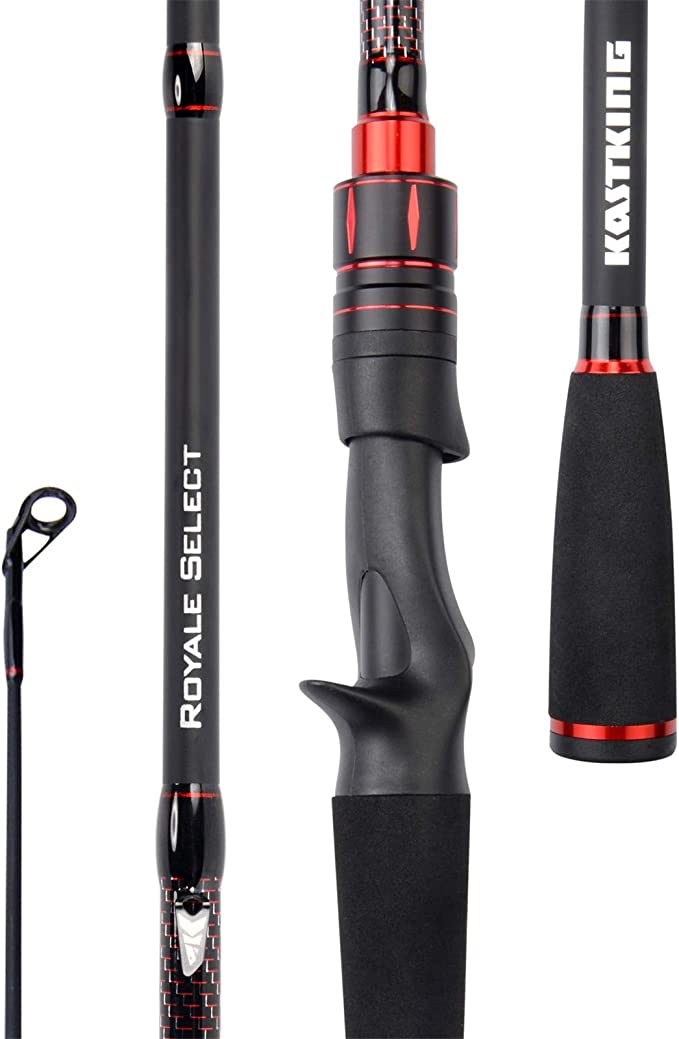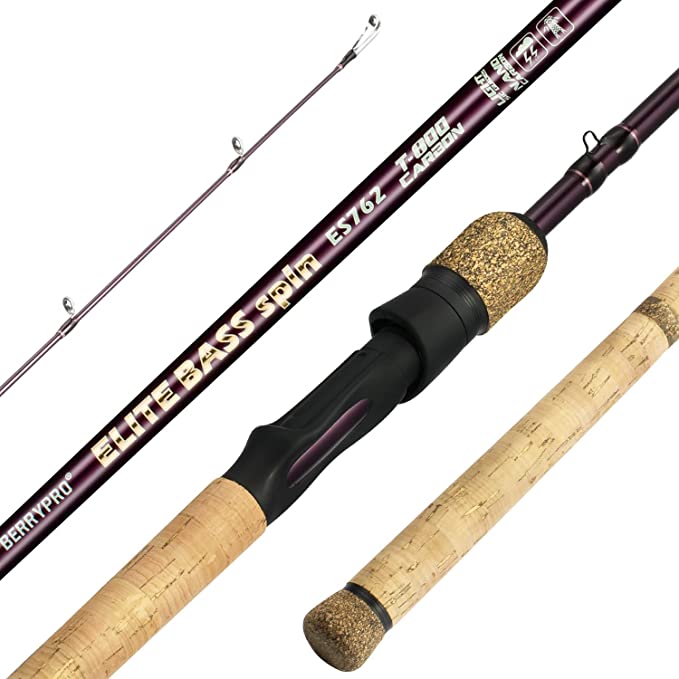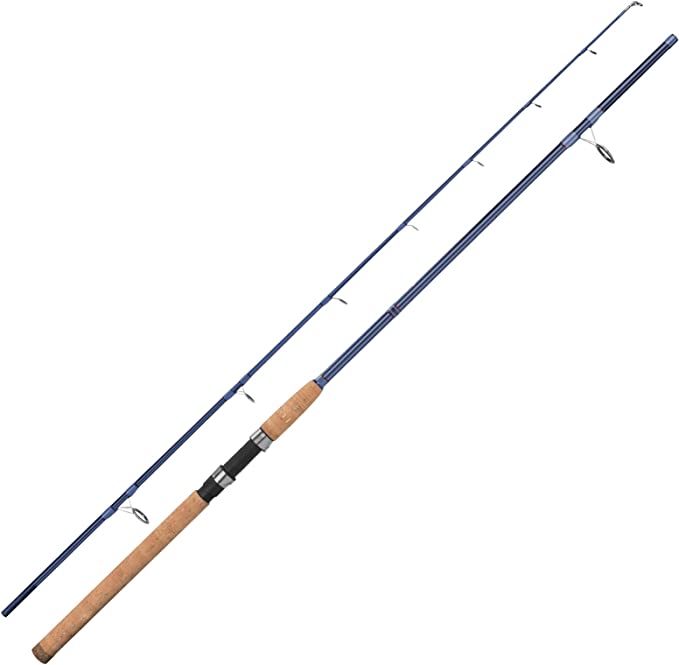Thermodynamic Architecture: Engineering Comfort in the Naturehike Massif Hot Tent
Update on Nov. 19, 2025, 7:03 p.m.
In the lexicon of outdoor survival, a tent is typically defined as a static barrier against the elements. However, when we introduce a heat source—a wood-burning stove—into the equation, the definition shifts. The structure ceases to be a mere shell and becomes an active thermodynamic system.
The Naturehike Massif Hot Tent represents a distinct engineering challenge: how to house a thermal engine (the stove) inside a lightweight, synthetic membrane (the nylon fly) without catastrophic failure. Unlike traditional heavy canvas tents that breathe and insulate naturally, this modern “hot tent” relies on precise material science and airflow dynamics to maintain homeostasis.

Material Science: The Silnylon Advantage
The primary skin of the Massif is composed of 15D Nylon with a silicone coating. In the textile industry, this choice is deliberate and rooted in the physics of polymers.
- Silicone vs. PU: Traditional tents use Polyurethane (PU) coatings, which sit on top of the fabric. Silicone, however, impregnates the nylon fibers. This creates a composite material with significantly higher Tear Strength. The silicone lubricates the fibers, allowing them to slide over each other under stress rather than snapping. This is why a thin 15D fabric can withstand winter winds that would shred a heavier, PU-coated polyester.
- Hydrophobicity: Silicone is naturally hydrophobic. Water does not just bead; it is repelled. This reduces “wet-out,” where the fabric absorbs water and becomes heavy, sagging under the weight and losing structural tension. In freezing conditions, preventing the fabric from soaking is critical to avoiding ice accumulation.
Structural Metallurgy: The 7001 Aluminum Matrix
A recurring point of failure in lightweight tents is the pole system. The Massif utilizes 7001 Aluminum Alloy, a material often found in aerospace applications.
Unlike the brittle 6000-series alloys, 7001 has a higher Yield Strength and excellent elasticity. This allows the poles to flex significantly under wind load—absorbing kinetic energy—and return to their original shape. However, user reports of breakage highlight a critical principle of mechanics: Stress Concentration.
Breakages typically occur at the ferrules (joints) if the poles are not fully seated. When a gap exists, the load is no longer distributed along the tubular shaft but is concentrated on the thin edge of the connector, leading to catastrophic shear failure. The “X-cross” structure of the Massif acts as a tension truss, distributing these loads across multiple vectors, but it relies entirely on the user ensuring mechanical integrity during setup.

Thermodynamics: The Stove Jack Interface
The defining feature of this shelter is the Stove Jack. This is the interface between the 800°F+ flue pipe and the melting point of nylon (approx. 500°F).
The jack acts as a thermal isolator. But the real science happens in the air. A wood stove creates a massive temperature differential ($\Delta T$). Inside, it might be 70°F; outside, 10°F. * Convection Loops: The stove drives a convection current, pulling cold air from lower vents and exhausting hot air (and moisture) through upper vents. * Dew Point Management: In a single-wall synthetic tent, condensation is inevitable as warm, moist breath hits freezing walls. The Massif addresses this with a Double-Wall Design (inner mesh + outer fly) and the dry heat of the stove. The stove lowers the Relative Humidity (RH) inside the tent, pushing the “Dew Point” away from the inner living space. This transforms the vestibule into a “drying room” rather than a condensation trap.

Spatial Zoning: The Vestibule as a Machine Room
Architecturally, the Massif is divided into two distinct zones: the Inner Sanctum (sleeping area) and the Vestibule (utility area).
The vestibule is not just storage; it is the “machine room” for the stove. By placing the heat source here, the design decouples the sleeping area from the direct radiant intensity of the fire, while allowing convective heat to drift in. This separation is crucial for safety (carbon monoxide mitigation) and for managing the messy logistics of firewood and cooking without contaminating the sleeping quarters.

Conclusion: The Active Shelter
The Naturehike Massif Hot Tent is not a passive piece of gear. It is a system that demands interaction. It requires the user to understand the properties of silicone-impregnated nylon, to respect the structural limits of aluminum alloys, and to manage the airflow of a wood-burning heat source.
For those who master these variables, it offers something rare in the backcountry: a controlled microclimate. It proves that with the right engineering, we do not need heavy canvas to build a warm home in the snow; we just need to understand the physics of heat and tension.





















